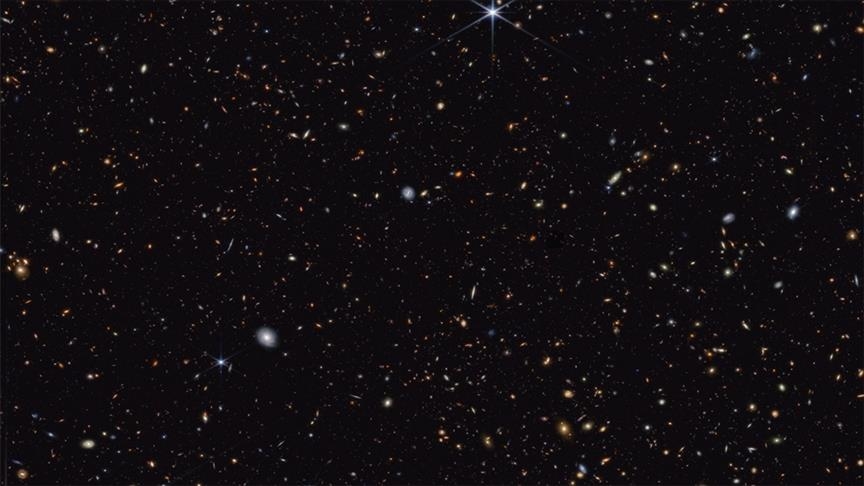James Webb Space Telescope spots carbon-rich, moon-forming disc around distant exoplanet
Researchers detect 7 complex molecules, including acetylene and benzene, marking 1st chemical snapshot of moon-forming environment beyond our solar system

ISTANBUL
NASA's James Webb Space Telescope has captured the first detailed chemical snapshot of a possible moon-forming disc around a giant exoplanet, researchers announced Monday.
According to the newly released results published in The Astrophysical Journal Letters, an international team used Webb’s Mid-Infrared Instrument to study CT Cha b, a young planet 625 light-years from Earth.
The team found “evidence of the disc around the companion, and we can study the chemistry for the first time,” said Sierra Grant of the Carnegie Institution for Science in Washington, DC.
“We’re not just witnessing moon formation – we’re also witnessing this planet’s formation.”
The planet’s carbon-rich disc contains seven complex molecules, including acetylene and benzene, in sharp contrast to the water-rich material around its host star.
“We are seeing what material is accreting to build the planet and moons,” added lead author Gabriele Cugno of the University of Zurich.
Scientists said the discovery offers a rare look at conditions similar to those that formed Jupiter’s Galilean moons more than 4 billion years ago, opening “the era where we can witness their formation,” according to the European Space Agency.
Anadolu Agency website contains only a portion of the news stories offered to subscribers in the AA News Broadcasting System (HAS), and in summarized form. Please contact us for subscription options.







